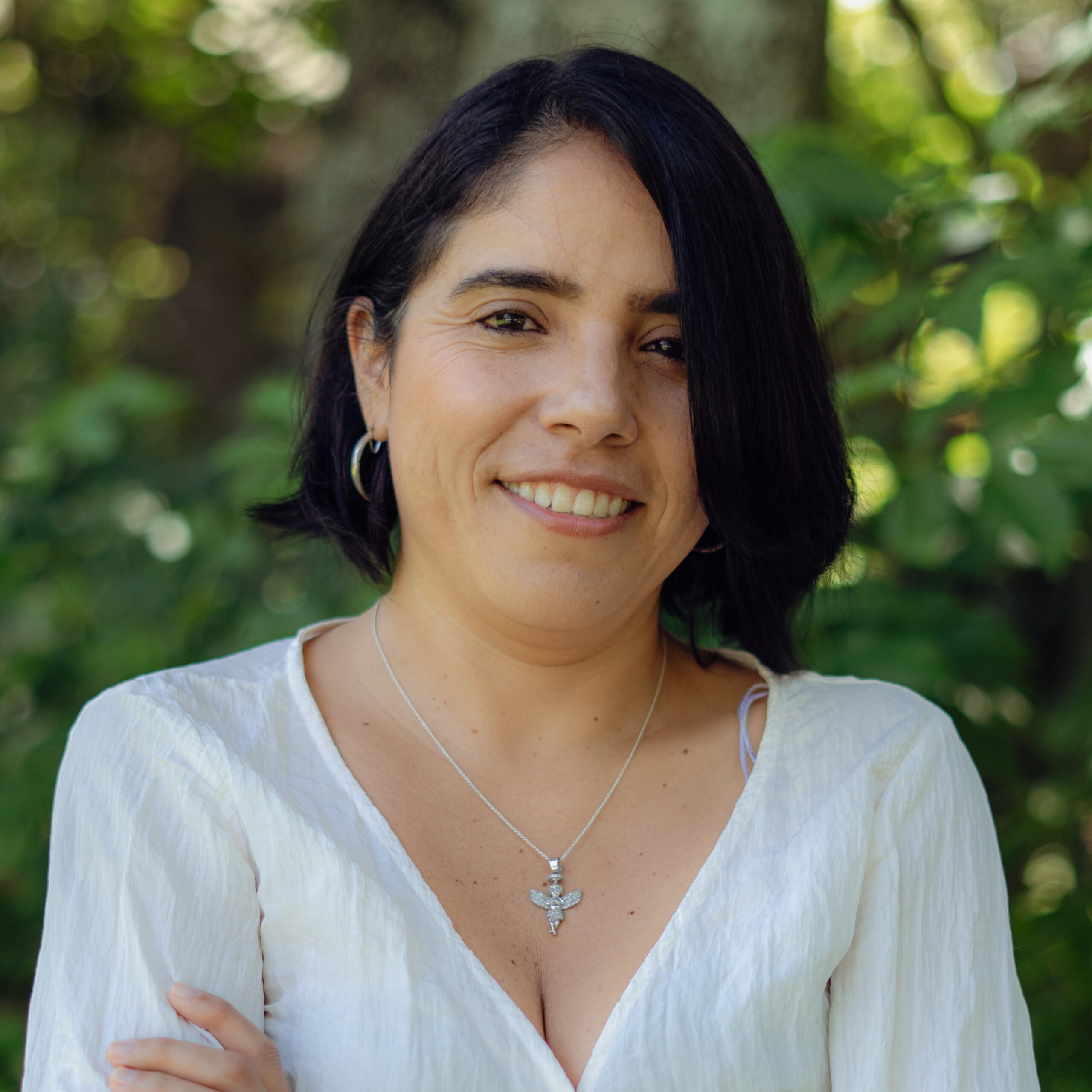
by Itala Yepez, Community Strategy Director
August 8, 2024Working in tropical forest conservation may sound to many as adventurous and exotic, but the reality is, a lot of my time is spent staring at a screen in an office, far from the landscapes I’m working to protect.
But, for all the planning and preparation, when it comes to running successful projects, nothing beats getting up close and personal.
In early July, I had the privilege of visiting eight communities around the Kuamut Rainforest Conservation Project in Sabah, Malaysia.
I have known and worked on this project for years already, but actually being there, meeting the people it touches and the communities it supports, and hearing firsthand from them about their lives, their interests and challenges, their hopes for their families, was in equal parts moving, rewarding and inspiring.
Many of the people live without basic necessities, like access to clean water, and I was incredibly proud to see how the project is starting to make a tangible difference by beginning to address these challenges.
One of the most striking aspects of my visit was witnessing the enthusiasm and participation of the women in these communities. They were determined about having a say in the design of the projects, seeing it as a golden opportunity to improve their livelihoods. I listened to in-depth discussions they had on sustainable practices and community development.
This engagement isn’t just symbolic; it represents real, meaningful change. Women now have platforms to voice their ideas and concerns, driving initiatives that will benefit their families and the broader community.
Equally inspiring was the men’s involvement, particularly their eagerness to join monitoring groups. I witnessed a genuine desire they had to learn about carbon, climate, and biodiversity. It felt like the commitment there reflected a deep sense of responsibility and pride in the project. They were eager to be part of something bigger than themselves, understanding that their contributions are vital for the success of conservation efforts.
The role of these communities in supporting conservation activities cannot be overstated. Their involvement in patrolling the area and identifying threats early on is crucial. The local knowledge they bring to the table ensures that conservation efforts are not only effective but also sustainable. The Kuamut project leverages this expertise, fostering a collaborative environment where community members feel valued and essential.
One of the most rewarding experiences for me was the human connection I felt during my visit. Sharing meals and engaging in conversations with community members allowed me to begin to better understand their lives. They spoke candidly about their doubts, concerns, hopes, and dreams. These interactions emphasized the importance of trust and mutual understanding. I saw firsthand how the project had begun to help the community alleviate some of the hardships and open the door to improvements —providing access to clean water, facilitating medical emergencies with a new boat, and offering a sense of hope that things can and will get better.
The genuine warmth and hospitality of the people in Kuamut left a deep impression on me. It was a humbling experience to witness their resilience and optimism despite the challenges they face. Their stories reinforced the significance of community-driven conservation efforts and the need to ensure that local people are at the heart of these initiatives.
As I reflect on my visit, I am filled with hope for the future of the Kuamut project and similar conservation and climate initiatives. The active participation and enthusiasm of the local communities are pivotal to the success of these projects. Their involvement not only enhances the effectiveness of conservation efforts but also ensures that the benefits are felt where they are needed most.
Community engagement is not just a component of Permian’s projects; it is the foundation upon which their success is built. The experiences and insights from my visit to Kuamut highlight the transformative power of involving local people in every step of the process. Their knowledge, commitment, and hope are the driving forces behind sustainable and meaningful conservation efforts. Moving forward, it is essential to continue building these bridges and supporting the active participation of communities in protecting our planet.
Learn more about the Kuamut Rainforest Conservation Project HERE
For more news, blogs and podcasts from Permian Global HERE
Read Itala Yepez’ personal blog HERE